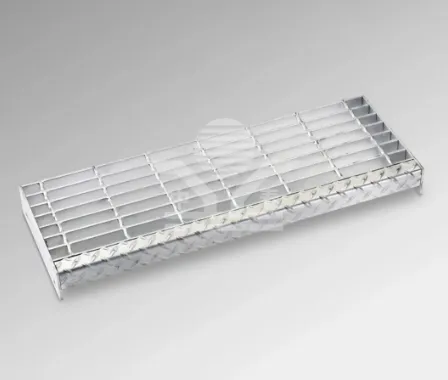Making a Climbing Net A Guide to Crafting Your Own Adventure
Climbing nets offer an exhilarating way to enhance physical fitness, improve agility, and foster teamwork among climbers of all ages. They can be a fun addition to playgrounds, fitness centers, or home backyards. If you are considering making your own climbing net, this article will guide you through the essential steps and materials needed to create an enjoyable and safe climbing experience.
Materials Needed
The first step in making a climbing net is gathering the necessary materials. Here’s what you will need
1. Rope The most crucial material for your climbing net is durable rope. Choose a high-quality, weather-resistant rope, such as nylon or polypropylene, with a thickness of at least 10-12 mm for strength and durability. For outdoor nets, ensure it has UV protection to withstand prolonged sun exposure.
2. Carabiners Strong carabiners will be needed if your climbing net is to be suspended or attached to a framework. Choose locking carabiners to ensure that they remain secure during use.
3. Support Structure You will need a framework to support your climbing net. This could be a sturdy tree, a wooden frame, or metal poles. Ensure the structure is stable and can bear the full weight of used, taking into account the force exerted when climbers use the net.
4. Safety Gear Safety should always come first when undertaking any climbing activity. Helmets, harnesses, and crash pads can help protect climbers from falls or accidents.
5. Measuring Tape Use a measuring tape to determine the size of your climbing net.
6. Scissors or a Rope Cutter To cut the ropes to the required lengths.
Designing Your Climbing Net
making a climbing net

Once you have your materials ready, it's time to design your climbing net. Typical climbing nets are made in a grid-like pattern to aid foot and hand placements. Here’s how to design your net
1. Determine Dimensions Decide the dimensions of your climbing net according to its intended use and available space. A common size for a recreational climbing net could be 10 feet by 10 feet, but you can adjust this based on your needs.
2. Cut the Rope Cut the rope into lengths that will form the horizontal and vertical parts of your grid. For a 10x10 grid, you might consider cutting several pieces of rope that are 5 feet long for horizontal ties and others that are equally short for the vertical supports.
3. Tie the Knots Create a grid by tying the cut pieces of rope together using sturdy knots like square knots or double fisherman’s knots. Ensure each knot is secure and the intersections have an adequate amount of rope to allow climbers to grip and place their feet.
Assembling Your Climbing Net
Once your rope is cut and knotted, it’s time to assemble and hang your climbing net
1. Attach the Net to the Support Structure Using carabiners, attach the net to the support structure you have chosen. Ensure that there is enough tension in the net so that it does not sag excessively when weight is applied.
2. Safety Checks Before the first climb, conduct a thorough safety check. Test the stability of the support structure, ensure all knots are secure, and verify that the net is taut without being overly tight.
Enjoy Climbing!
Your climbing net is now ready for use! Encourage climbers to engage in safe climbing practices, such as warming up beforehand, using proper techniques, and ensuring that they wear safety gear. With your homemade climbing net, you can promote physical activity, foster creativity, and enjoy adventurous fun with family and friends.
In conclusion, creating your own climbing net can be a rewarding and fulfilling project. It encourages physical activity and provides a fantastic outlet for adventure. Happy climbing!
-
Turn Down the Noise: The Future of Highway Sound Barriers
NewsApr.09,2025
-
Silence the Sound: The Power of Highway Noise Barriers
NewsApr.09,2025
-
Reduce Road Noise Effectively with Highway Noise Barriers
NewsApr.09,2025
-
Noise-Free Living: How Highway Barriers Make a Difference
NewsApr.09,2025
-
Engineered for Silence: Highway Noise Barriers for Every Road
NewsApr.09,2025
-
Effective Noise Control: Highway Barriers for a Quieter Tomorrow
NewsApr.09,2025
Subscribe now!
Stay up to date with the latest on Fry Steeland industry news.

